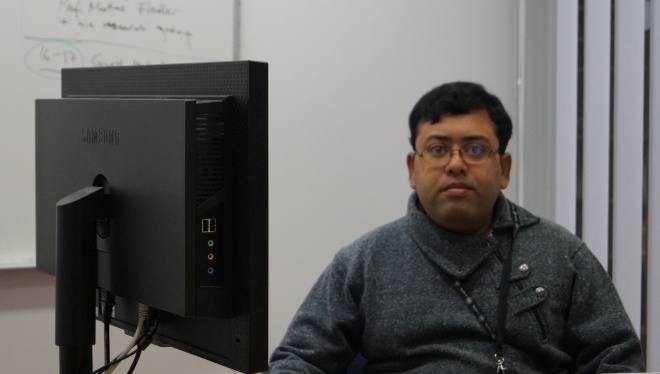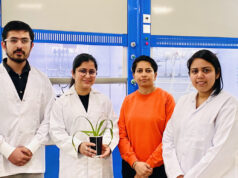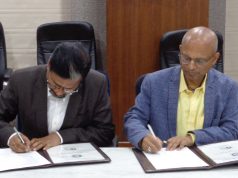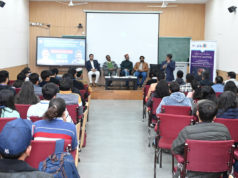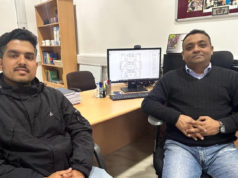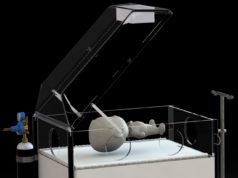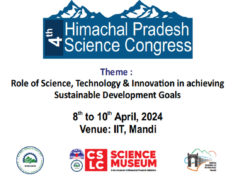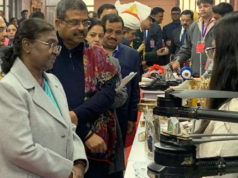Mandi: A collaborative research team comprising scientists from the Indian Institute of Technology Mandi and National Brain Research Centre, India and University at Buffalo, USA, performs mathematical simulation studies on non-invasive brain simulation techniques.
A team of Dr Shubhajit Roy Chowdhury from IIT Mandi, Dr Yashika Arora from National Brain Research Centre, India, and Dr Anirban Dutta of the University at Buffalo conducted the research.
Highlighting his research, Dr. Shubhajit Roy Chowdhury, Associate Professor, School of Computing & Electrical Engineering, IIT Mandi, said
“We simulated a physiologically detailed mathematical model of the neurovascular unit(NVU) with four compartments: synaptic space, astrocyte space, perivascular space, and arteriole smooth muscle cell space, called NeuroVascular Units or NVU.”
The mathematical model involved the application of perturbations of varying frequencies (0.1 Hz to 10 Hz) to simulate the electrical field, to the four nested NVU compartmental pathways and analysed the changes in blood vessel diameter in response to the frequencies.
Three types of non-invasive brain stimulation – transcranial direct current stimulation (tDCS), transcranial alternating current stimulation (tACS) and transcranial oscillatory current stimulation (tOCS) – were modelled to investigate their physiological effects. The initial tES effects on the blood vessels were also found to occur via the perivascular space – a fluid-filled space surrounding the blood vessels in the brain.
“Our study can help brain- and neuro-specialists plan patient-specific restorative neurorehabilitation activities for stroke, post-traumatic brain injury, mild cognitive impairment, dementia, and other neuropsychiatric disorders,” said the lead researcher.
Such a mathematical model based quantitative analysis would help in individualized therapeutic protocols for neuropsychiatric disorders.
The team has planned experimental studies that involve the blocking of various pathways to validate their modelling results.


